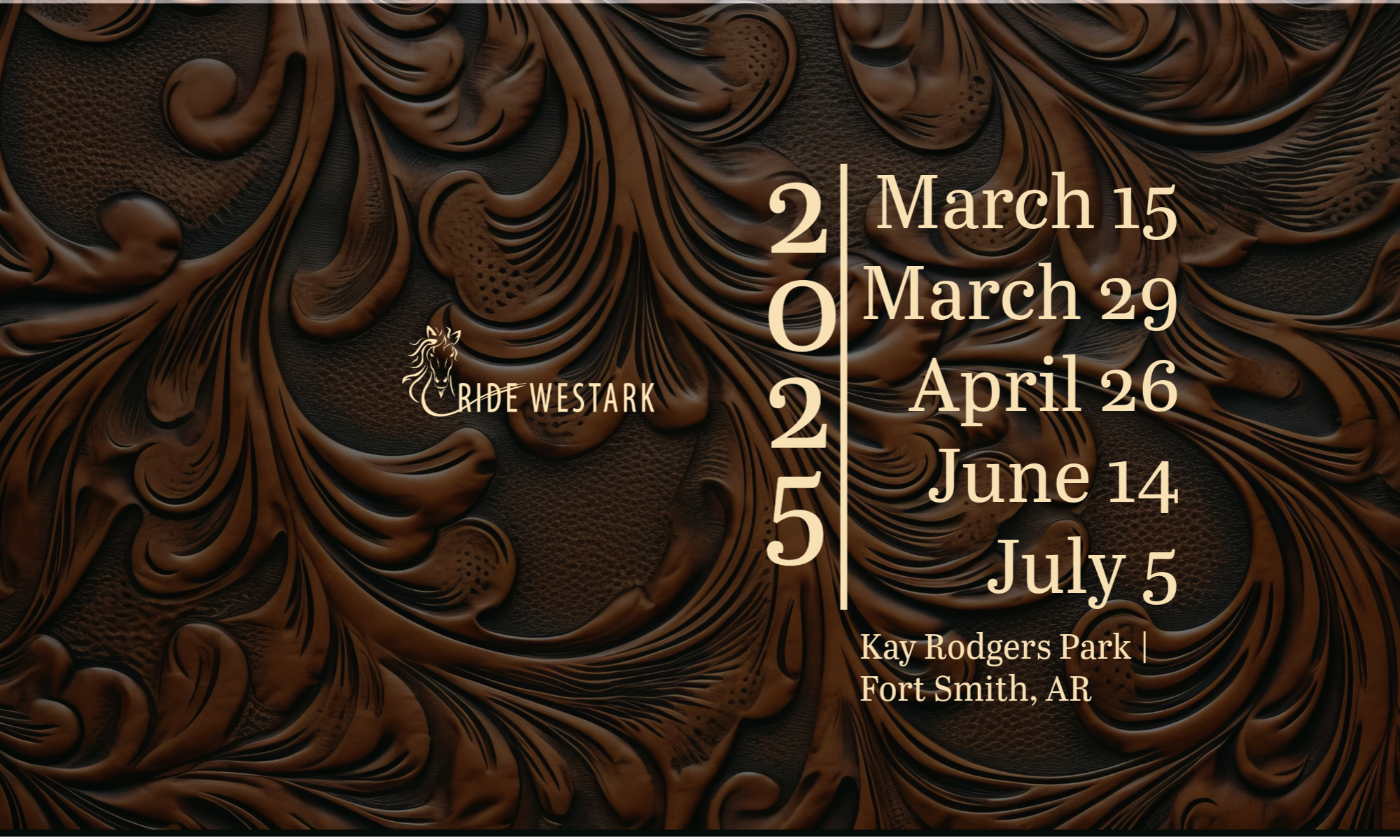Hunter Under Saddle
The purpose of the hunter under saddle horse is to present or exhibit a horse with a bright, alert expression, whose gaits show potential of being a working hunter. Therefore, its gait must be free-flowing, ground covering and athletic. Hunters under saddle should be suitable to purpose. Hunters should move with long, low strides reaching forward with ease and smoothness, be able to lengthen stride and cover ground with relaxed, free-flowing movement, while exhibiting correct gaits that are of the proper cadence.
The quality of the movement and the consistency of the gaits is a major consideration. Horses should be obedient, have a bright expression with alert ears, and should respond willingly to the rider with light leg and hand contact. Horses should be responsive and smooth in transition. When asked to extend the trot or hand gallop, they should move out with the same flowing motion. The poll should be level with, or slightly above, the withers to allow proper impulsion behind. The head position should be slightly in front of, or on, the vertical
Class will be judged on performance, condition and conformation. Maximum credit shall be given to the flowing, balanced, willing horse
Horses may be asked to change to canter from the flat-footed walk or trot, at the judge’s discretion
At the option of the judge, all or just the top 12 horses may be required to hand gallop, one or both ways of the ring. Never more than 12 horses to hand gallop at one time. At the hand gallop, the judge may ask the group to halt and stand quietly on a free rein (loosened rein)
Horses are to be shown under saddle, not to jump
Horses are to be shown at a walk, trot and canter both ways of the ring. Horses should back easily and stand quietly
Horses are to be reversed to the inside away from the rail
Faults scored according to severity:
Quick, short or vertical strides
Being on the wrong lead
Breaking gait
Excessive speed at any gait
Excessive slowness in any gait, loss of forward momentum
Failure to take the appropriate gait when called for
Head carried too high
Head carried too low (such that poll is below the withers)
Overflexing or straining neck in head carriage so the nose is carried behind the vertical
Excessive nosing out
Failure to maintain light contact with horse’s mouth
Stumbling
If a horse appears sullen, dull, lethargic, emaciated, drawn or overly tired
Consistently showing too far off the rail
Faults which will be cause for disqualification:
Head carried too low (such that poll is below the withers consistently)
Overflexing or straining neck in head carriage so the nose is carried behind the vertical consistently
